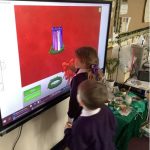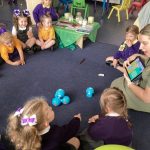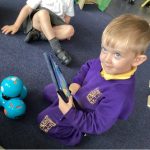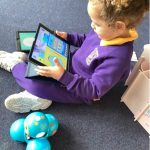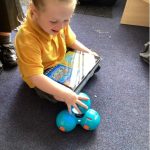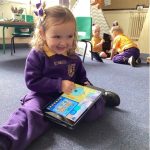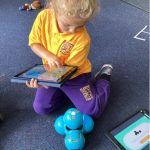Computing Statement
“A high-quality computing education equips pupils to use computational thinking and creativity to understand and change the world.”
– National Curriculum
There are three core strands to the Computing curriculum:
- Computer Science: The principles of information and computation, how digital systems work and how to put this knowledge to use through programming.
- Information Technology: How to create programs, systems and a range of content.
- Digital Literacy: Children are able to express themselves and develop their ideas through information and communication technology
Children will be working towards these strands through the exploration and application of knowledge, whilst using computers, iPads and a wide range of technology, both in and out of the classroom.
Aims
The national curriculum for computing aims to ensure that all pupils:
- can understand and apply the fundamental principles and concepts of computer science, including abstraction, logic, algorithms and data representation
- can analyse problems in computational terms, and have repeated practical experience of writing computer programs in order to solve such problems
- can evaluate and apply information technology, including new or unfamiliar technologies, analytically to solve problems
- are responsible, competent, confident and creative users of information and communication technology


